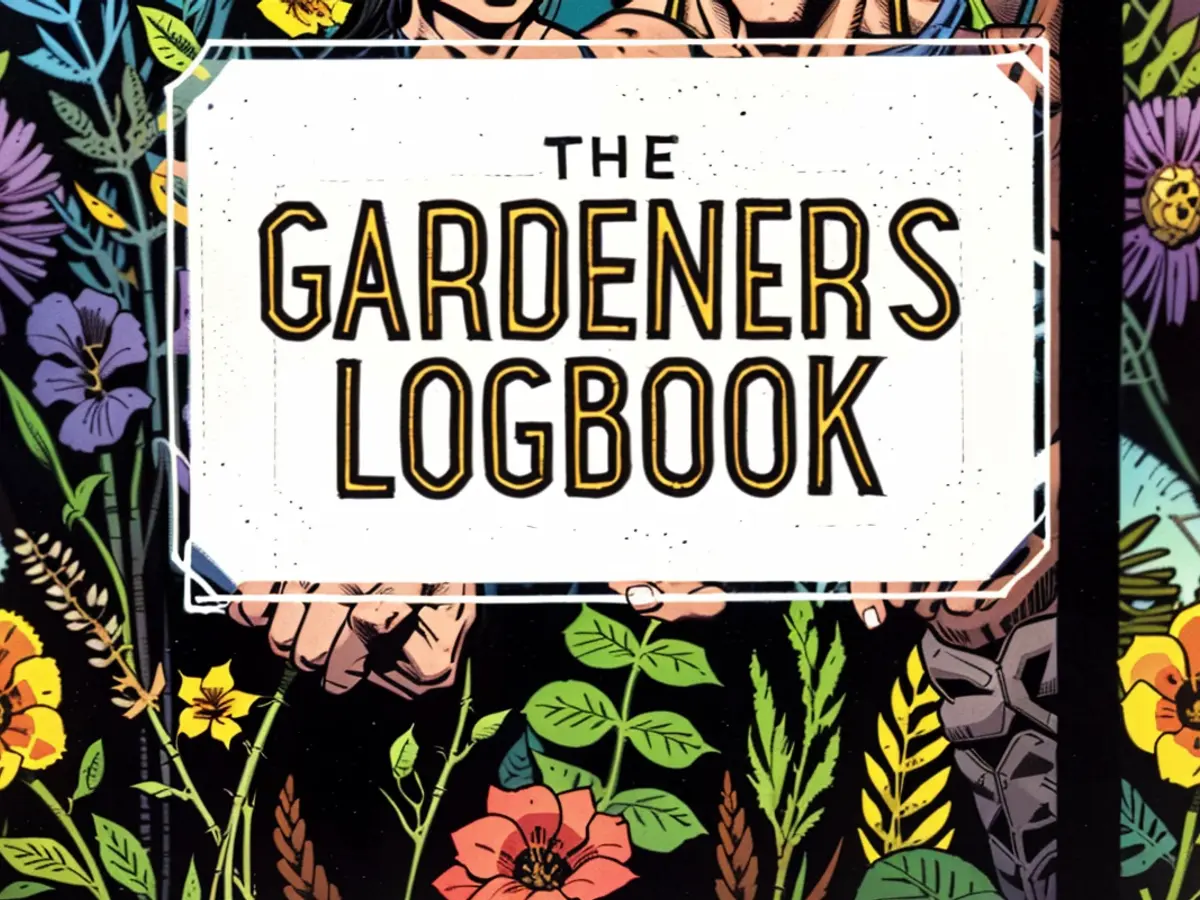Maintaining a Garden Diary: Its Advantages and Importance
The only reliable aspect of a garden is its capacity to alter. It's not only the dramatic transformations that occur between seasons, but the minor differences you notice week to week. I'm regularly amazed by how a certain area of my garden can evolve in just one day. With all these changes, it's impossible to keep tabs on not only how the garden looks, but how I felt about the garden's appearance at that moment. Feelings are crucial, as they're exactly what you'll want to remember at the end of the season when making decisions about adjustments for the next year. I frequently jot down notes about specific plants or parts of the yard as I work, but remembering them all is virtually impossible.
A garden journal, no matter how you arrange it, is the most valuable tool for documenting these observations and notes this year so you can revisit them in future seasons. My journal is the primary gardening tool I possess.
How to arrange a garden journal
The way you organize your garden journal isn't critical. The key is to simply have a location to record your essential observations as the seasons pass. If you appreciate a conventional organizer, there are numerous options for planners or journals with daily prompts and sections. However, if you're like me, you only require blank paper and a pen. There are numerous straightforward journals with gridded pages, allowing for effortless recording of thoughts and sketches. This is the ideal opportunity to explore a stationary store and find a journal that appeals to you and gets you enthusiastic about gardening.
The Garden Logbook$9.99at Amazon$9.99at AmazonThe journal stays indoors, and I discover having it near my couch advantageous because I can reach for it whenever an idea strikes. Since it's sitting nearby, I'll occasionally make myself sit and contemplate the current state of the garden and make some notes. The proximity of the journal means I can pick it up when ordering seeds or making other planting decisions.
What to document in your journal
You'll create a system that suits you for recording relevant information. I've found it most useful to keep a journal that's freeform, but I'll start an observation page for each season. During summer, this may be where I remind myself of the tasteless pea variety I planted, or "next year, grow more melons!" It's where I note which sections of the garden need more color, or if a plant necessitates a move or division. Observations like "the elderberries overhang the neighbor's fence in August" or ideas for new trellises can be jotted down. If I stumble upon a plant I appreciate in the nursery, I'll make a note to locate seeds for it the following year.
Since I prefer a free-flowing journal, it's also where I draw plans for garden boxes or trellises I'll construct. I sometimes design loose layouts for my garden beds in the journal.

My journal is where I record how much compost or mulch I use throughout the season, allowing me to plan for the next year. Also in the journal are notes on fertilizer application: what, where, and when. I frequently note significant plantings, like "four tomato plants yield 18 pints of tomatoes," so I know how much to cultivate the following year.
During the heart of winter, as I plan my summer garden, my journal is where I list all the plants I want to grow and begin subdividing them into smaller varieties and where to purchase the seeds.
Each year, I make notes on the dates my tulips blossom, as well as the snapdragons and when corn and sunflowers sprout. These are seasonal benchmarks that help me monitor how my garden responds to the weather. You'll identify these milestones for your own garden, too.
A written journal can complement a visual diary
Maintaining these written notes isn't the sole approach to registering what's occurring in the garden. I also frequently take photos as I traverse the garden. These images act in unison with your journal, serving as references. When it's time to plant tulips next year, I won't recall where they need to go to accommodate those currently in the ground, but a picture can assist in placement. I likely won't remember how the bean vines appeared the following year while constructing a new trellis, but I can refer to photographs. If I question whether my tomatoes have the same illness as the previous year, images for reference will help me decide.
Once you've established a journaling method, you'll realize how invaluable having these observations readily accessible is for maintaining your garden.

Read also:
Learning how to organize your garden can be a daunting task, especially if you'renew to gardening. A effective way to keep track of your garden's progress is by creating a home for your garden journal. With your garden journal located conveniently at home, you can jot down notes and observations about your garden's growth throughout the seasons.
Keeping a garden journal is an excellent way to document your garden's progress, and it can also serve as a reminder of your past gardening experiences. By organizing your journal and documenting your observations, you can gain a better understanding of your garden's overall health and make informed decisions about how to improve it in the future. Additionally, having a well-organized garden journal can help you plan for future gardening projects and make the most of your outdoor living space.








